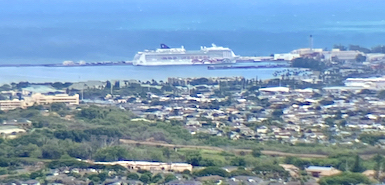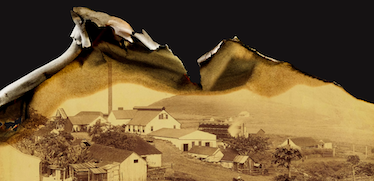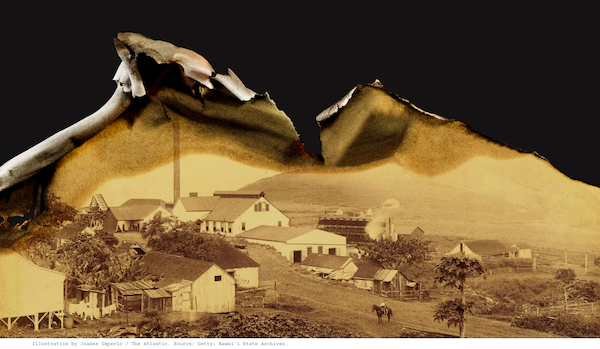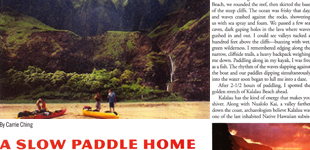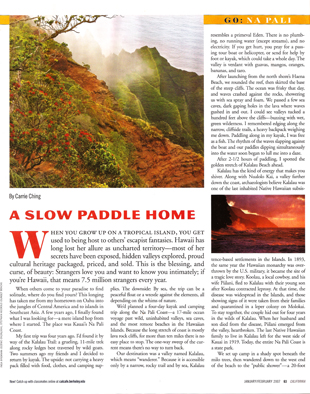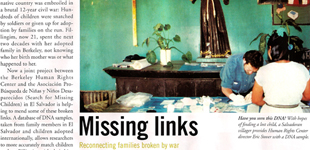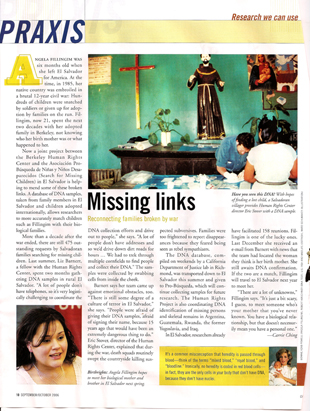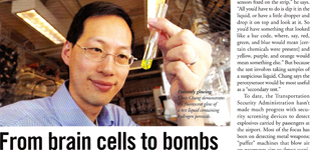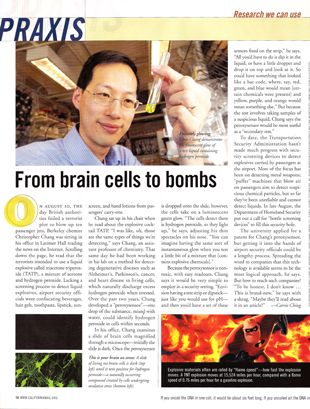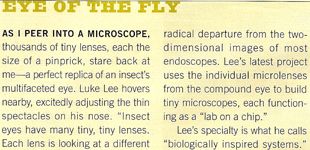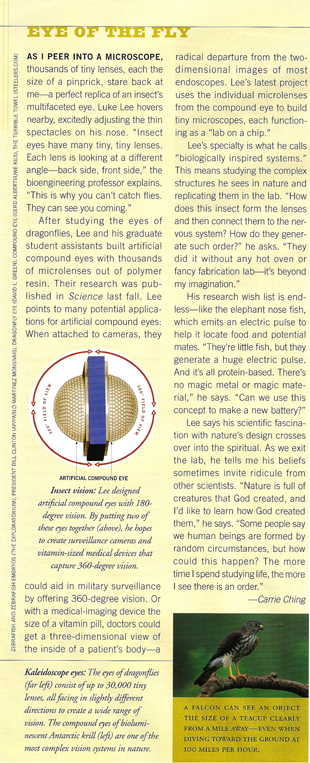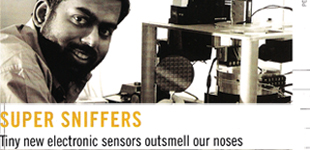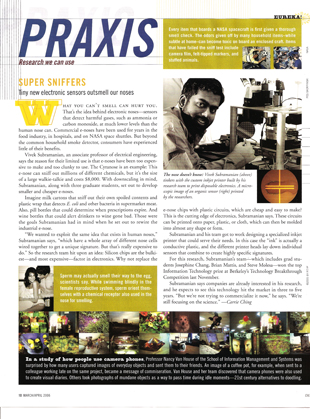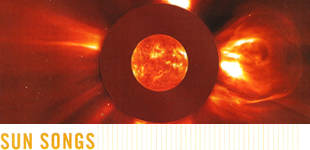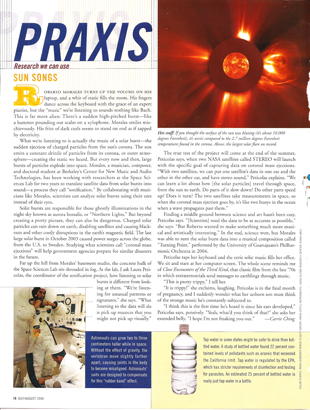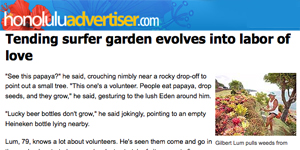Postcards on Hawaiʻi Public Radio
I’m working on a new project for Hawaiʻi Public Radio called Postcards. It’s a series of essays that try to capture the complexities of life in these islands that we love: Snapshots of daily life; moments that are strange, beautiful, and sometimes heartbreaking; people and places that are often overlooked but deserve attention.
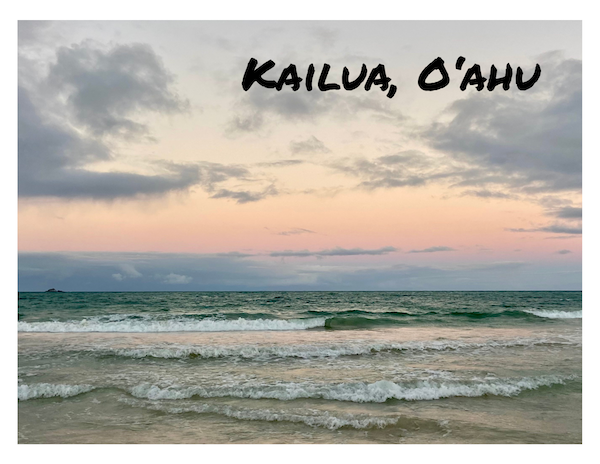
Postcard from Kailua: Insiders and outsiders
A snapshot of my hometown, Kailua. A tense situation with a beach security guard inspired a deeper examination of history, identity, and belonging in this beachside community, where the number of tourists has increased exponentially over the years, crowding out locals. I reflect on the sense of loss many longtime kamaʻāina feel as the small-town culture of our youth is rapidly being paved over by a new culture driven by wealthy, entitled newcomers.
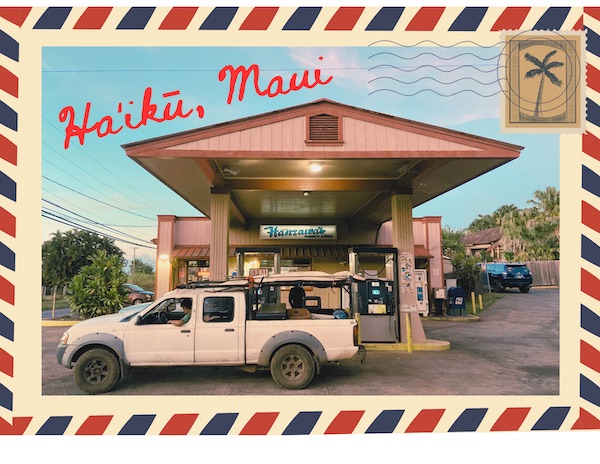
The story of this historic market holds important lessons from the past. The 1940s were a tumultuous time in Hawaiʻi, with the bombing of Pearl Harbor, followed by nearly three years of martial law, and the cruel incarceration of thousands of innocent people of Japanese ancestry. “Many people here think Hawaiʻi is a safe little bubble, that things happening ‘out there’ in the world won’t affect us here. But history tells us otherwise.”
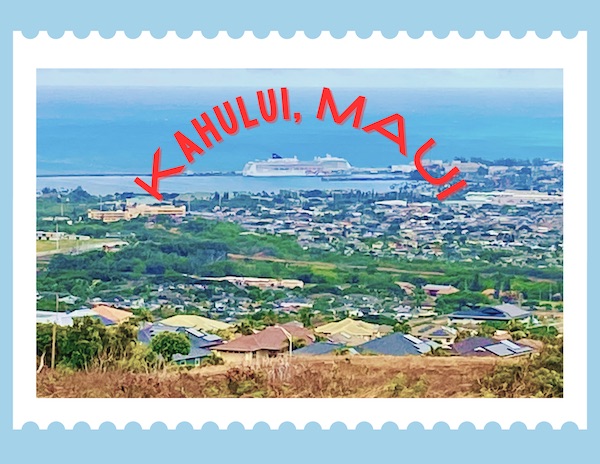
When I drive down the highway from Maui’s rural upcountry into what we call town, the tallest building in Kahului often looms like a white shining castle in the distance. Maui’s main port city is dwarfed by its presence. But Kahului’s tallest building is not a building at all: It’s one of the massive cruise ships that docks in the harbor several days of the week. The presence of the massive cruise ship inspired this reflection on Maui’s relationship with tourism.
